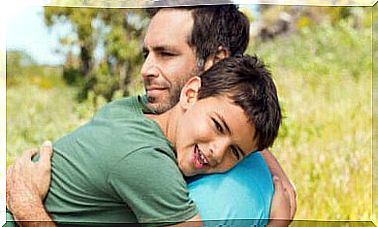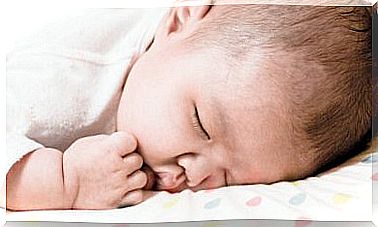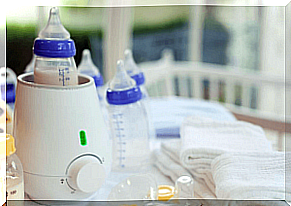Childhood Deafness: The Importance Of Early Diagnosis
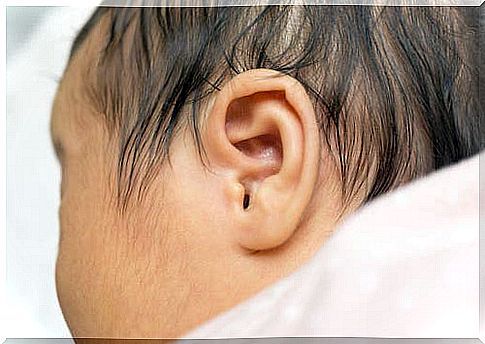
After birth, doctors subject the baby to numerous tests. One of them is the hearing test. This test is done before the baby leaves the hospital or during the first month of life at the latest. It is important to know if we are facing a case of childhood deafness.
Being able to hear sounds is essential for developing language, which is initially based on the imitation of the sounds that the baby hears. Later, the child will be able to structure them and establish a real communication.
As a result, a child who does not hear well will have difficulty speaking and communicating. This will affect his emotional, social and academic development.
Childhood deafness can be overcome
According to the data, every year about 1,200 children are born with hearing loss and about 1,500 are the families in which at least one child has hearing problems. Furthermore, 80% of childhood deafness occurs from birth and 95% of deaf children are born into families whose members have hearing problems.
However, early detection programs allow us to quickly identify children’s hearing problems. This allows treatments to be started from an early age making it easier for children to develop the appropriate oral language and communication skills.
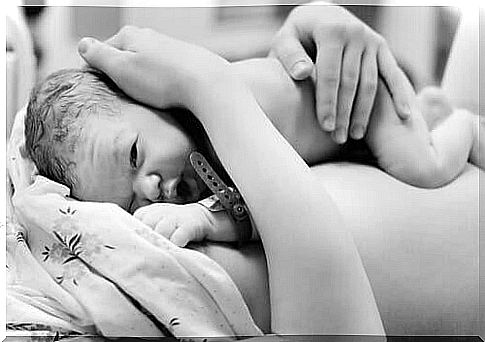
It is important to pay attention to the various tests
Many studies indicate that there is a critical period, ranging from birth to the fourth year of life, in which the language acquisition process takes place in an optimal way.
This is why it is so important to have a hearing screening on your newborn and make a diagnosis in the first two months of life.
Furthermore, it must be known that the test carried out after birth does not allow to establish a definitive diagnosis, and that only a small part of the children who do not pass the initial test have real hearing problems.
How to correctly identify childhood deafness
If the screening results show hearing problems, a specialist should be consulted who will subject the child to other tests: otoacoustic emissions and auditory evoked potentials (ABR). Both tests are easy to perform and do not cause any discomfort to the baby.
The otoacoustic emission test consists of introducing a small probe into the ear canal that emits sounds and receives the response that occurs in an area of the ear called the cochlea.
Headphones that emit sounds are used to perform the auditory evoked potential test. Sound signals that reach the brain are recorded using sensors placed on the scalp.
Childhood deafness: some risk factors
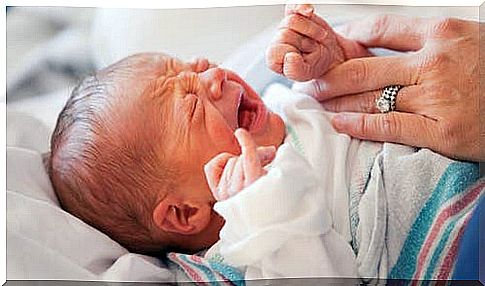
Some children are more prone than others to have hearing problems. This is due to hereditary factors or other health problems that affect hearing: infections, the mother’s use of drugs during pregnancy, etc.
There are other causes that can cause deafness. For example, very low birth weight, premature birth or problems with childbirth.
If you think your child has hearing problems, do not hesitate to consult an ENT specialist. In addition, it is important to monitor the hearing condition in childhood.
The evaluation of a pediatrician on any hearing problem, mild or temporary, allows you to identify the causes and identify the most appropriate therapy. This will help the baby avoid growing complications.
Pediatricians also tell us that after birth, most babies hear without any difficulty. However, as they grow up, they may have hearing losses that parents identify only when they notice an absence of response to certain sounds or when the child delays learning to speak.
Most hearing problems can be resolved, especially if treated in time. This will avoid problems in language development and improve the quality of life of the children and, in general, of the whole family.



